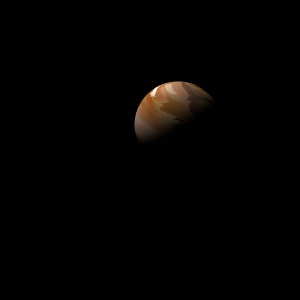|
|
Space Astro
|
Info for exoplanet "Himesha"
| Scientific (actual) data |
|---|
| Name | Kepler-337 c |
| Planet status | Confirmed |
| Radius | 0.183 |
| Orbital period | 9.6932 |
| Semi major axis | 0.093 |
| Discovered | 2014 |
| Updated | 2021-02-05 |
| Tconj | 2454970 |
| Impact parameter | 0 |
| Publication | Announced on a website |
| Detection type | Primary Transit |
| Alternate names | 2MASS J19201451+4709502 c, K01929.01, KIC 10136549 c, KOI-1929 c, KOI-1929.01, WISE J192014.52+470950.0 c |
| Star name | Kepler-337 |
| Right ascension | 290.06° |
| Declination | 47.16° |
| Mag j | 11.537 |
| Mag h | 11.257 |
| Mag k | 11.183 |
| Star distance | 691.41 |
| Star metallicity | -0.131 |
| Star mass | 0.96 |
| Star radius | 1.76 |
| Star temperature | 5684 |
| Star alternate names | 2MASS J19201451+4709502, KIC 10136549, KOI-1929, WISE J192014.52+470950.0 |
| Wikipedia article | Kepler-337 c |
Back
| |
| Fictional info (?) |
|---|
| Suggested name | Himesha |
| Planet type | Warm planet |
| A prominent result is the "great red spot", a giant storm that is known to have existed for centuries since it was first detected by scanner. |
| Atmosphere | Neon | 73% |
| Ozone | 16% |
| Hydrogen peroxide | 6.3% |
| Krypton | 4.1% |
| Helium | 0.63% |
| Argon | 0.14% |
| Atmospheric pressure | 24 bar |
 |
| No known satellites |
| Google search for Himesha |
|
Website by Joachim Michaelis
|
|
|
|